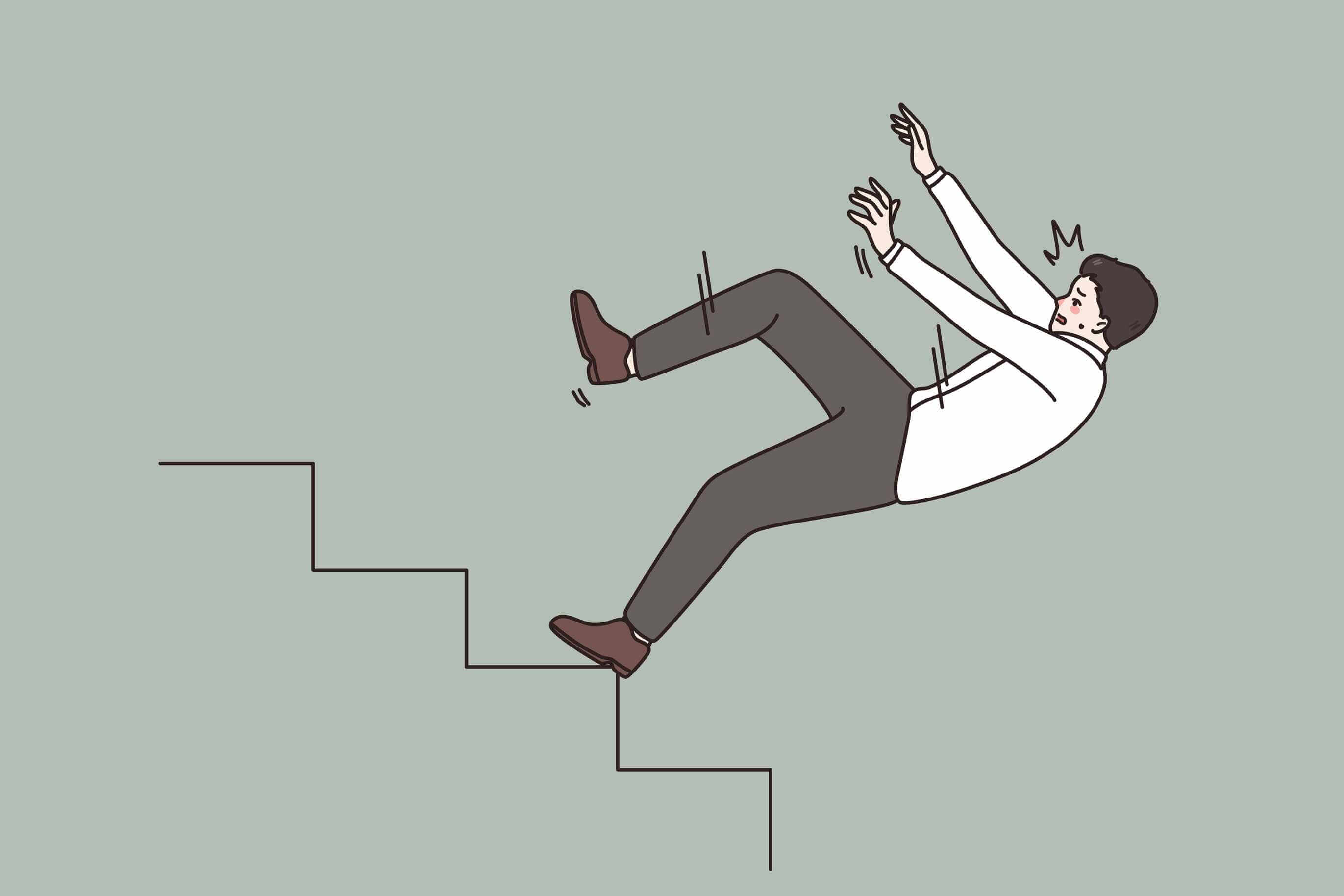Take Steps To Prevent Falls

From AgeWise Colorado
You bend down to tie your shoe, lose your balance, and catch yourself just in time. It’s nothing — until it isn’t. That’s how falls often start: small moments we don’t think twice about.
Each year, millions of older people — those 65 and older — fall. In fact, more than one out of four older people falls each year, but less than half tell their doctor. Falling once doubles your chances of falling again.
Falls are one of the top causes of injury and death among older adults, but most are preventable. One fall often doubles the risk of a subsequent fall. That’s why prevention is so important. Whether you’ve had a fall or want to avoid one, small changes in your daily routine, home, and habits can help you stay safe and steady.
Falls are serious and costly
• One out of 10 falls results in an injury that causes the older adult to restrict their activities for a day or more or to seek attention from the healthcare system.
• Each year, there are about 3 million emergency department visits due to older people falls.
• Each year, there are about 1 million fall-related hospitalizations among older adults.
• In 2019, 83% percent of hip fracture deaths and 88% of emergency department visits and hospitalizations for hip fractures were caused by falls.
• Each year, nearly 319,000 older people are hospitalized for hip fractures.
• Falls are the most common cause of traumatic brain injuries (TBI).
Lower your fall risk
Balance is about more than strength; it involves the brain, eyes, inner ear and nerves. “Dual-task activities” that move your body while purposefully using your brain can help improve your balance. This could include walking while naming animals or carrying a cup of water while walking in a straight line – simple tasks that you can try at home.
Most falls happen at home, so it’s important to ensure a safe environment. The addition of physical aids like grab bars, railings and non-slip mats are helpful, but so too is keeping your rooms well-lit and clearing tripping hazards like unsecured cords and loose rugs.
Make use of technology like fall-detection watches and medical alert systems to get help in case you do fall. Some devices can even alert you or a caregiver if they sense changes in your walking pattern, and smart home systems can remind you to take medications.
Regular screenings of vision, hearing and bone density can help identify physical changes that may increase your chances of falling, and of suffering a severe injury if you do fall.
Learn more about fall prevention
AgeWise Colorado is offering a free webinar via Zoom Thursday, Sept. 25, from 11:30 a.m. to 12:30 p.m. Learn about programs and modifications to your home that can help you prevent being the 1 in 4 people experiencing a fall and possibly serious injuries. Register here.
Popular Products
-
 Mommy Diaper Backpack with Stroller O...
Mommy Diaper Backpack with Stroller O...$111.56$55.78 -
 Ai Dash Cam with Front & Rear HD, GPS...
Ai Dash Cam with Front & Rear HD, GPS...$295.56$147.78 -
 Smart Auto-Recharge Robot Vacuum Cleaner
Smart Auto-Recharge Robot Vacuum Cleaner$613.56$306.78 -
 Wireless Health Tracker Smart Ring - R11
Wireless Health Tracker Smart Ring - R11$131.56$65.78 -
 Electric Hair Straightener and Curlin...
Electric Hair Straightener and Curlin...$161.56$80.78